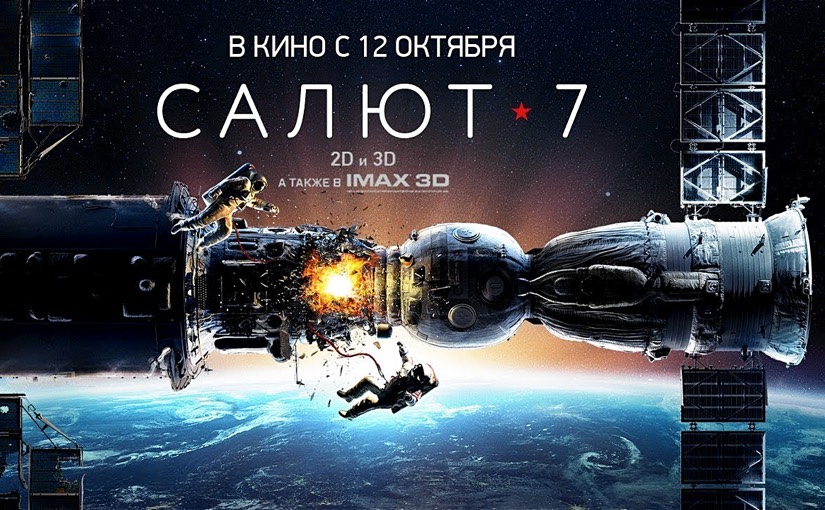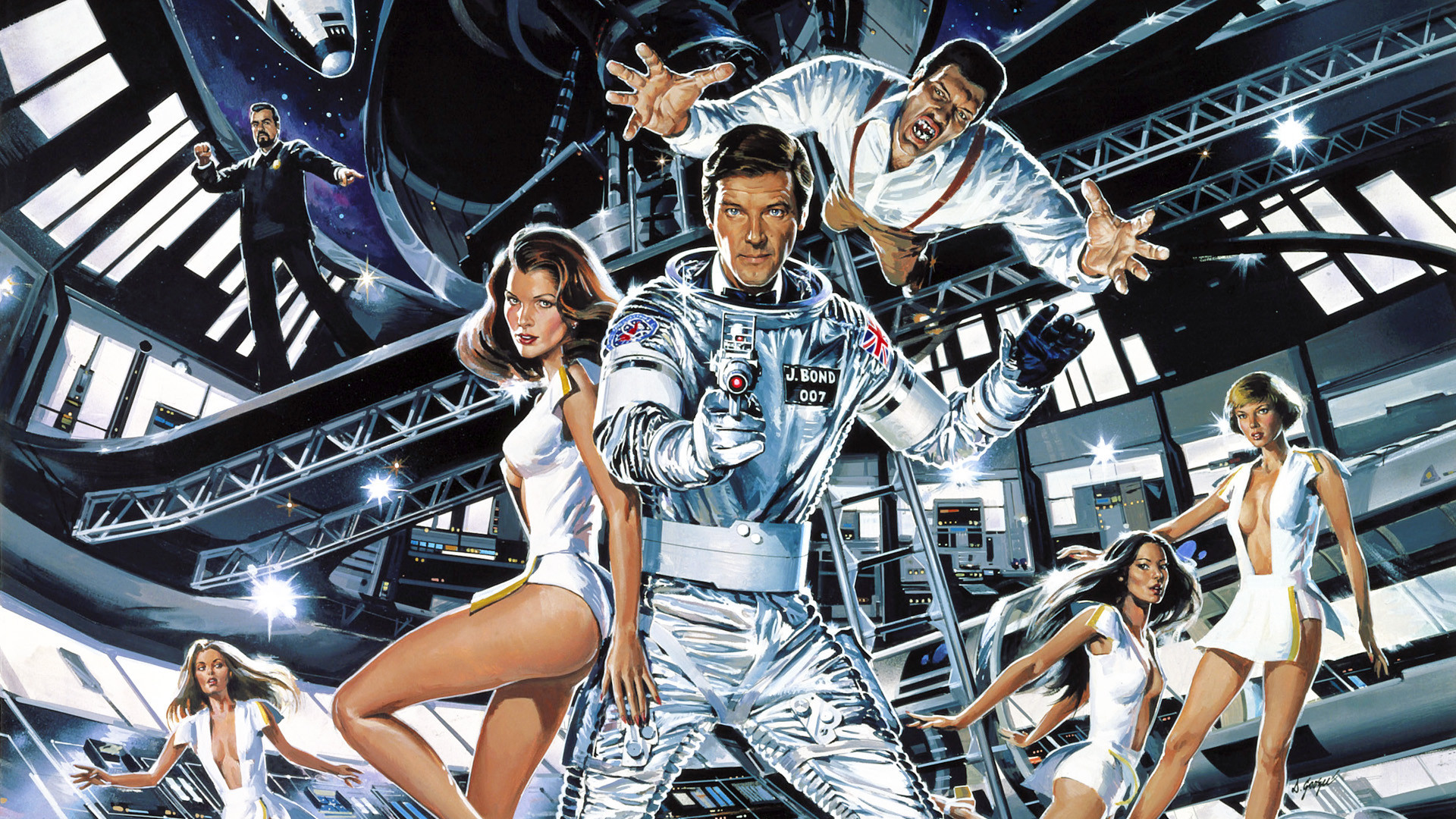Who doesn’t have a penchant for space adventure flicks, huh? In fact, I have proof that I have always been intrigued by space stuff and the idea of space exploration though it’s always been a dream to ride a spacecraft, or at best, even visit a space museum (yup, that’s on my bucket list), or experienced zero-gravity (another moonshot), but the closest that I could get to experiencing space travel was the movie theatres! In Alphonso Querón’s brilliant narration of Gravity about two American astronauts who get stranded after their space shuttle is destructed, showcased the pitfalls of space exploration in all its glory, in which, whether you live or die is a matter of the choices you make. This and several movies later you realize that films are much more than just crucibles of entertainment but actually educational channels. Another movie I’d definitely to mention is the awesome Apollo 13.
In much the same mould of depicting space endeavours, Salyut 7 is a masterpiece portrayal of events surrounding the salvaging of the doomed space station Salyut 7 in 1985. You might have already guessed it from the image, but the noteworthy aspect of this defining blockbuster is that it comes from Russia and not Hollywood as most might have expected it. It begins with a spacewalk by Svetlana Savitskaya, the first woman to perform a spacewalk ever, and cosmonaut Vladimir Fyodorov. Later, a cosmic occurrence renders the ill-fated space station without power and disaster strikes. At which point, the Soviets are wondering whether to shoot a missile at the floating metal and prevent it from falling it into the hands of the Americans or take the unprecedented route and bring it back to life. Although, at the heart of the mission is a complex issue of docking with a 20-ton metal structure in space that spinning on its axis faster than a Ferris wheel. So the cosmonauts are trained in a simulator with the exact parameters, they keep failing until Fyodorov is included in this impracticable mission partnering his fellow cosmonaut Viktor Alyokhin. They are foretold they only have enough fuel for 3 attempts but it’s so critical for the rendezvous to happen flawlessly unless the Soviet military shoots down the ‘dead’ space station hurtling metal debris into low space orbit, or risk falling it into the hands of the Americans who are launching a Space Shuttle to salvage it.
Continue reading…

